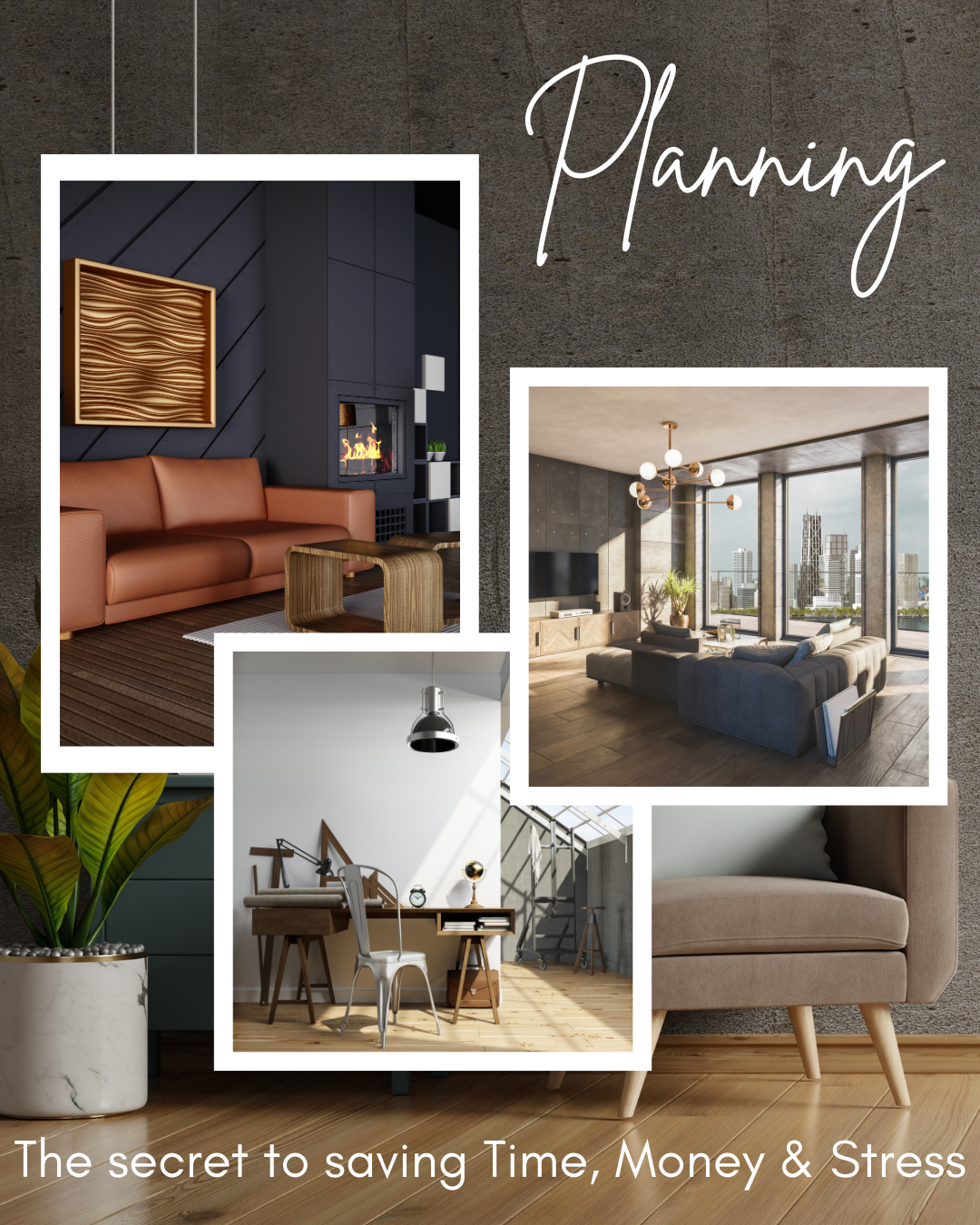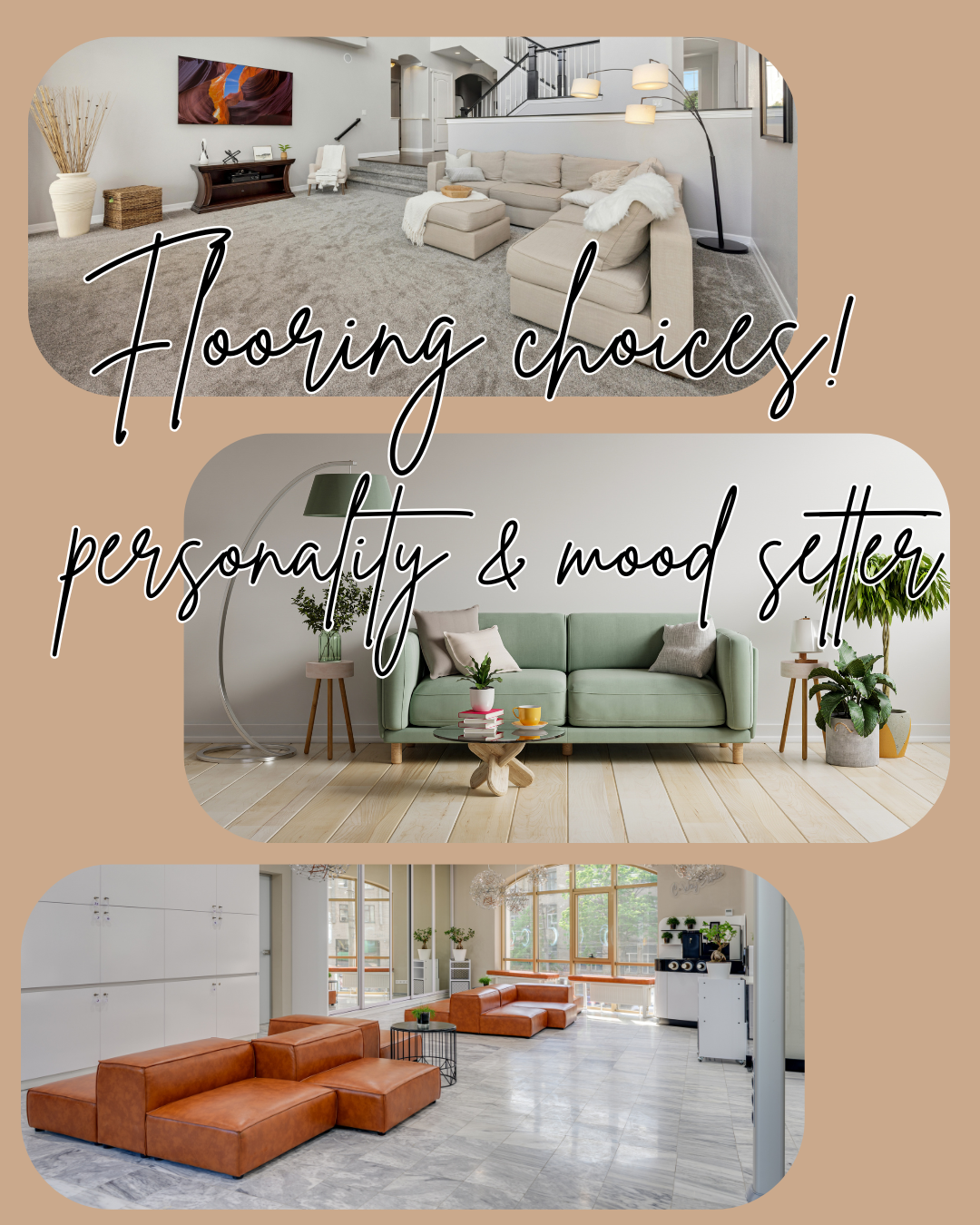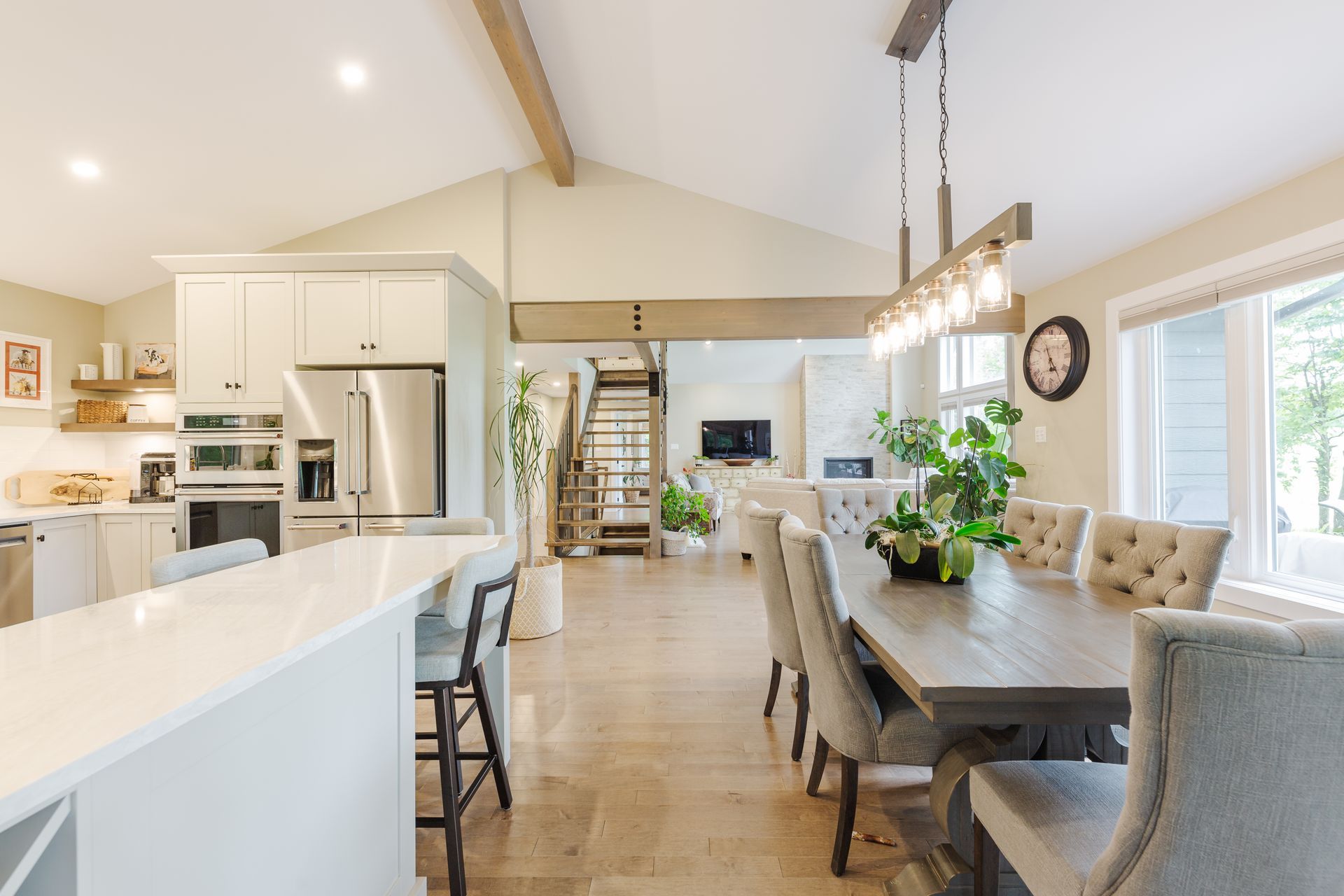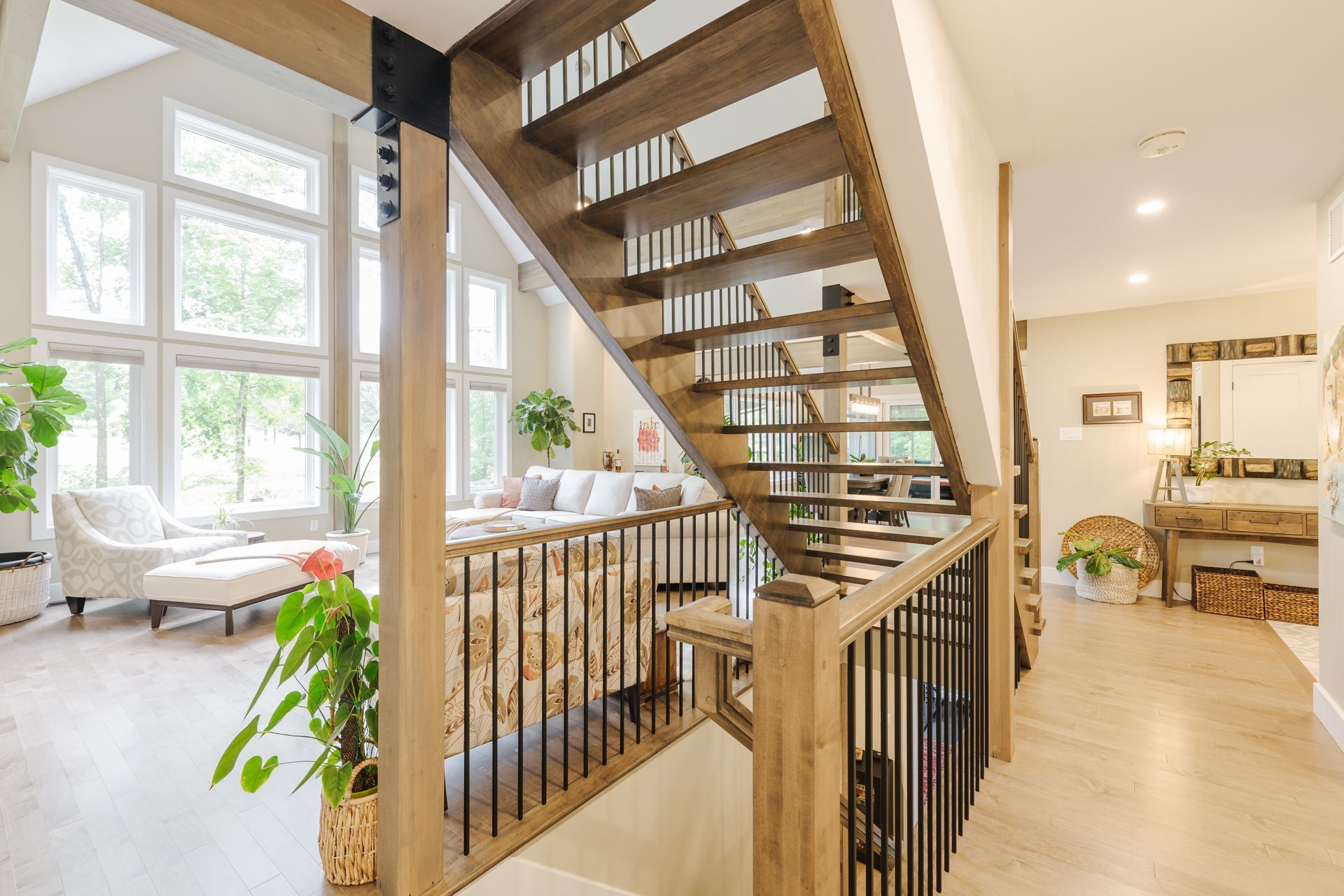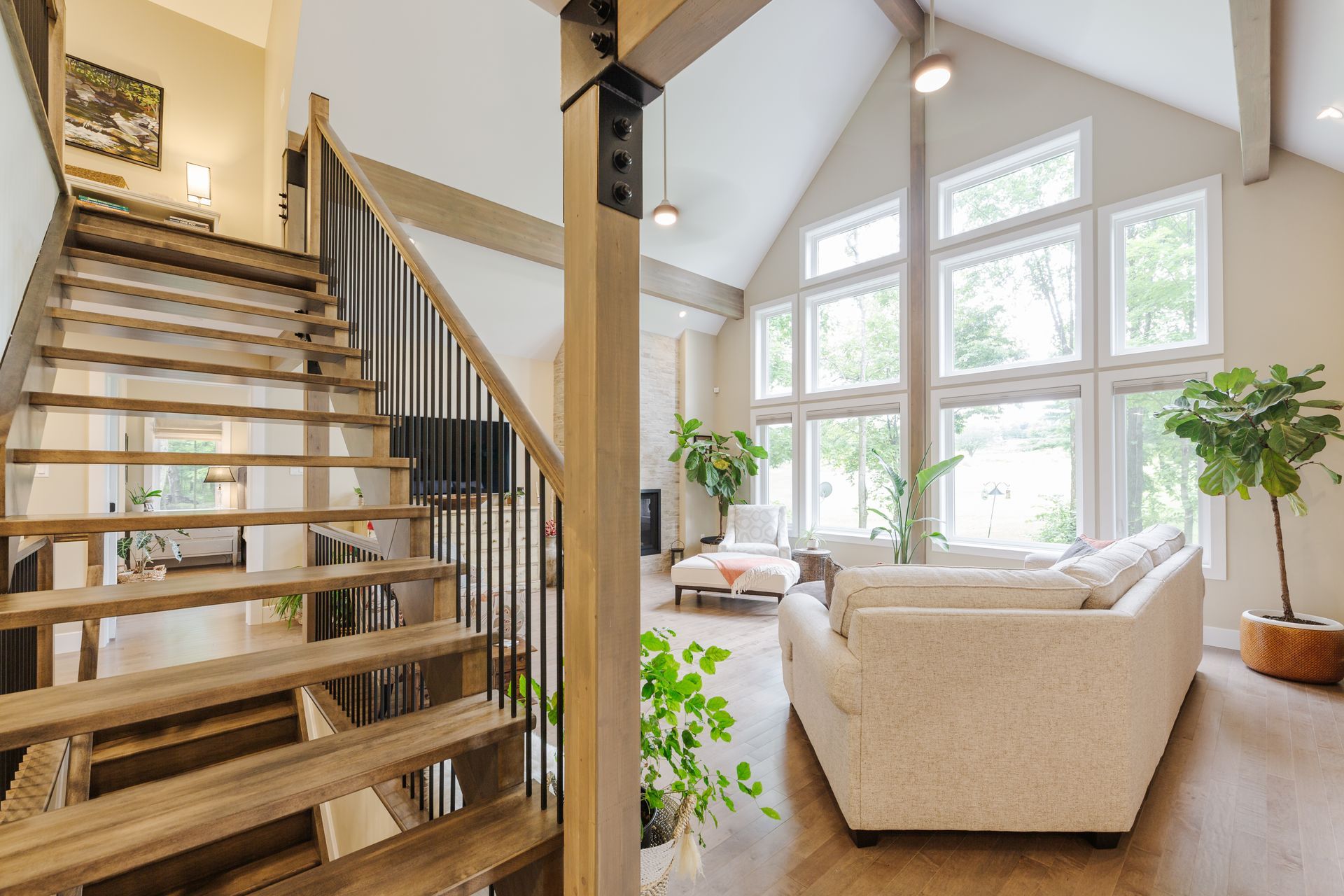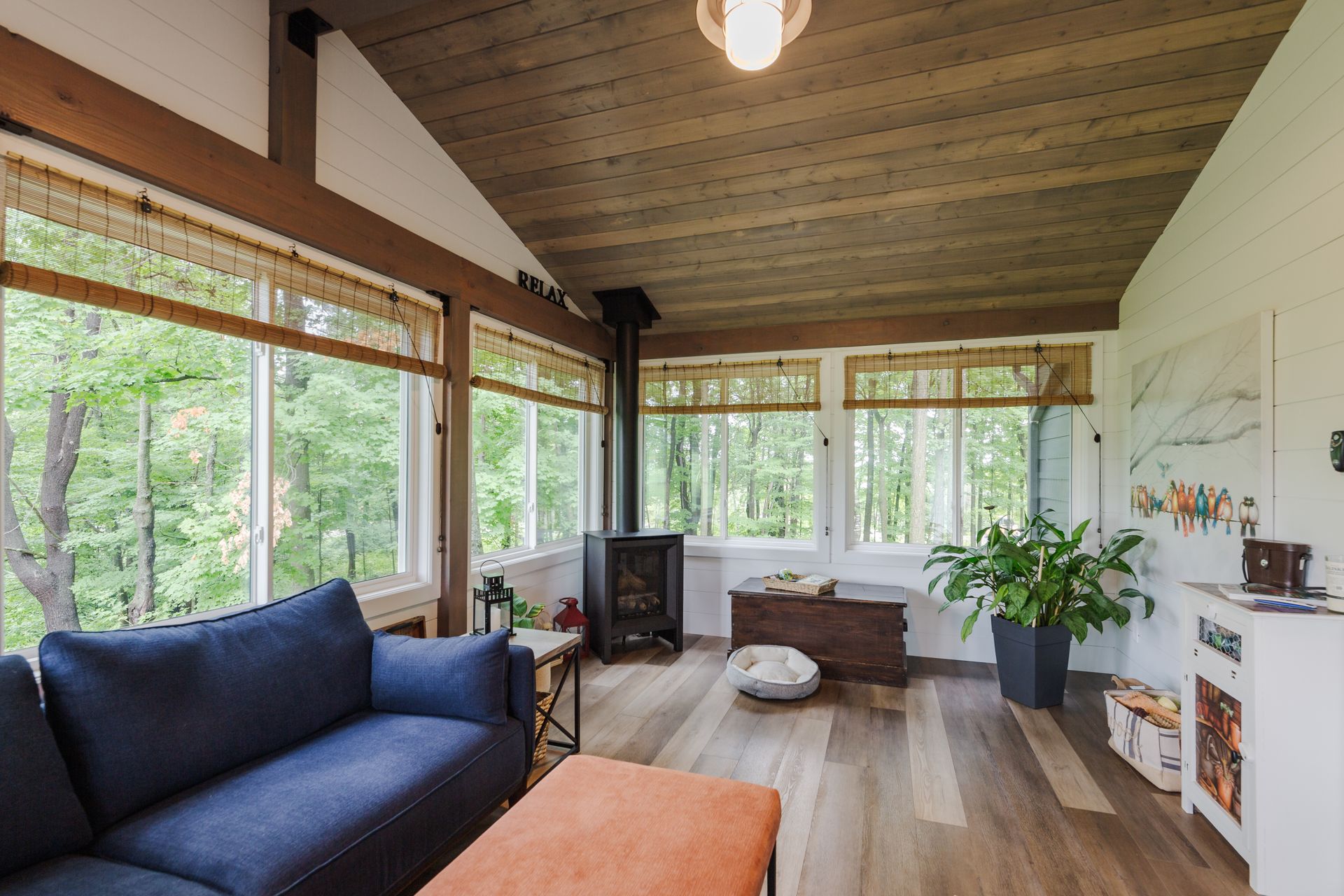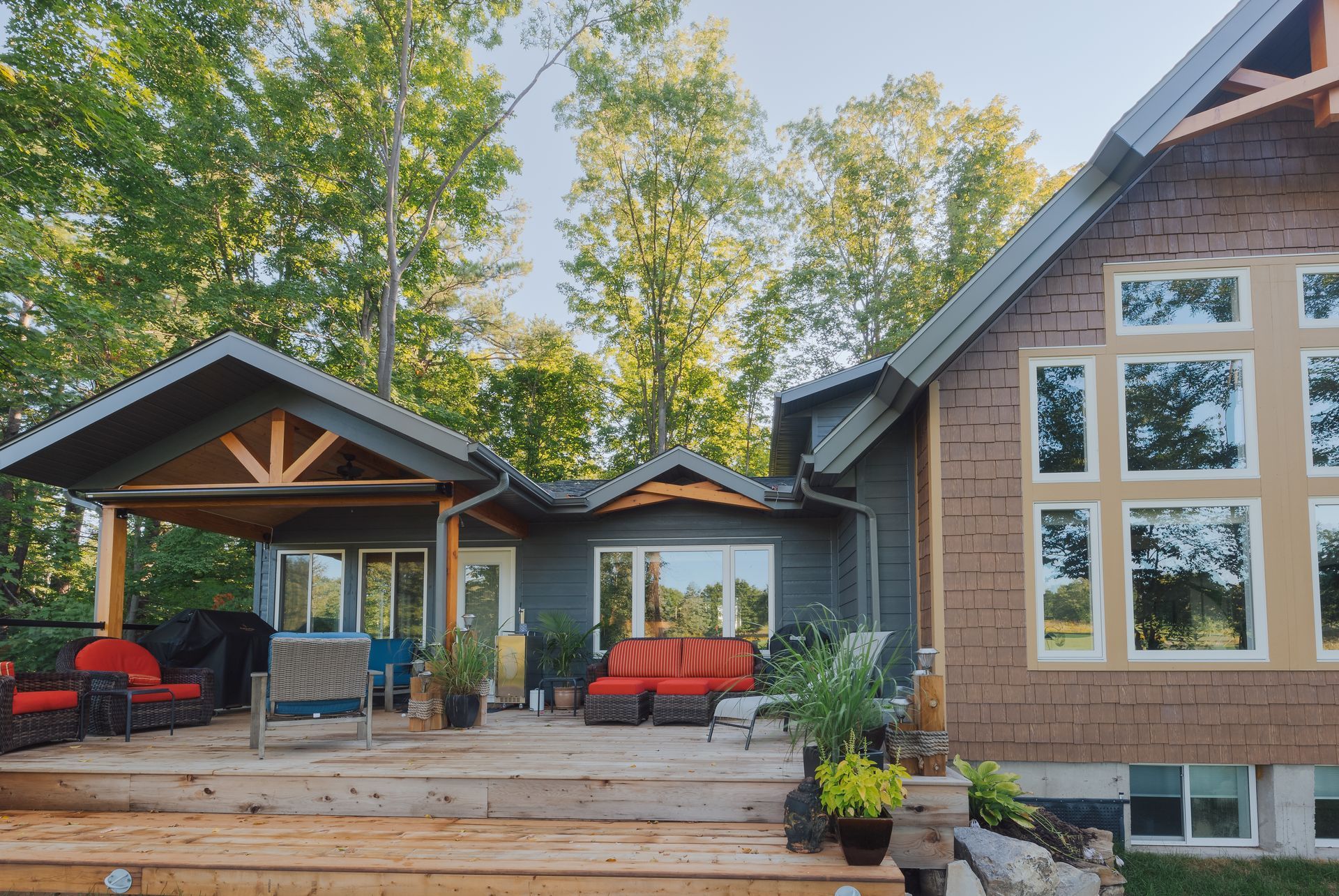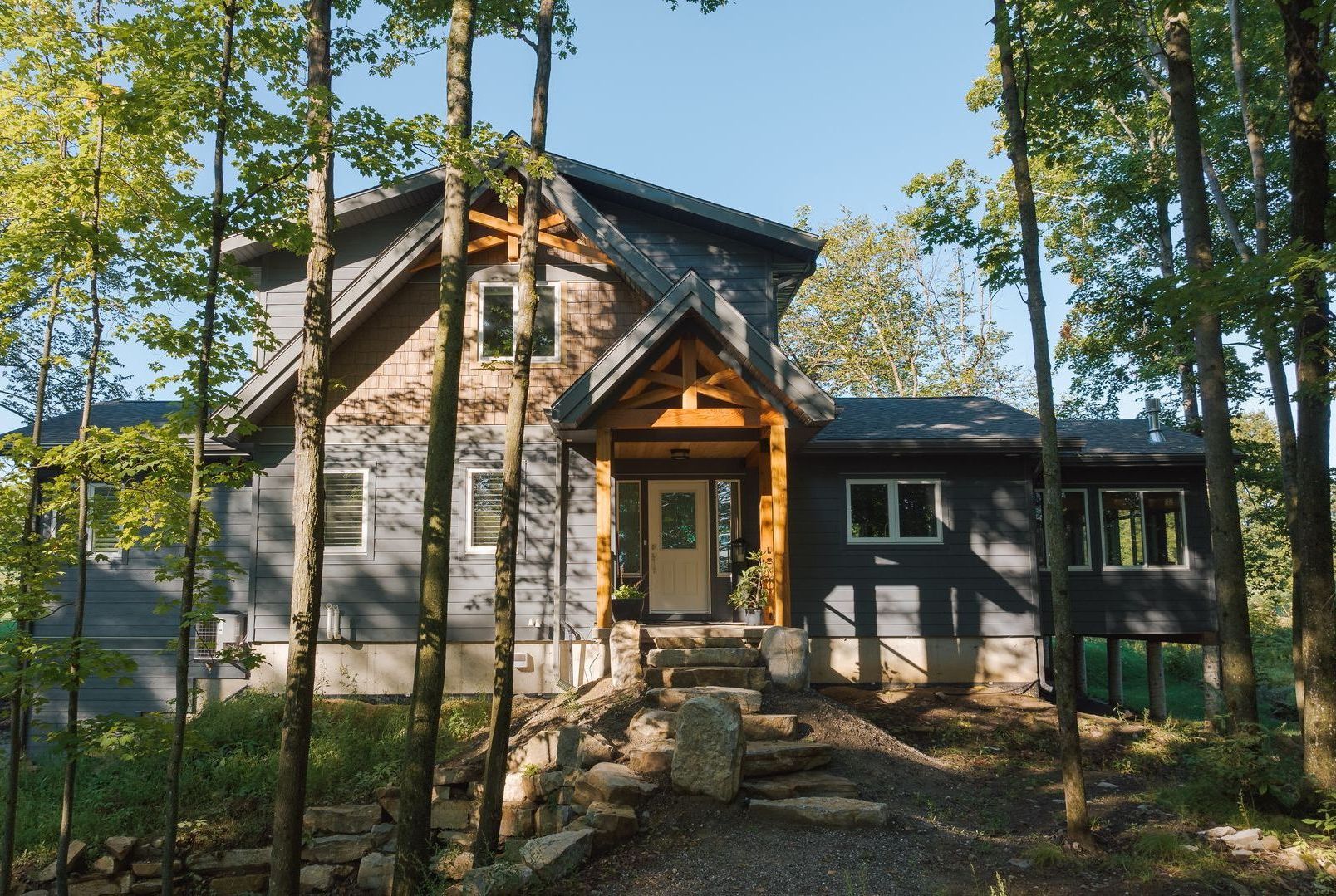Rugs: The Unsung Heroes of Home Design
Rugs do far more than cover a floor. They define spaces, add comfort, control acoustics, and layer in color, pattern, and texture. In many ways, they’re the foundation, literally and visually, of a room’s design. When chosen thoughtfully, rugs can completely transform how a space looks and feels.
Living Room: Defining and Anchoring
In living rooms, rugs help anchor the seating area, creating a sense of cohesion among sofas, chairs, and tables. A rug that’s too small can make furniture feel disconnected, while one that’s large enough to sit under all major pieces instantly unifies the space. Patterned rugs can bring energy to a neutral room, while solid or subtly textured designs keep a bold furniture scheme grounded.
Tip: Aim for a rug that extends at least a few inches beyond each seating element to ensure balance.
Dining Room: Framing the Table
In dining spaces, rugs add warmth and help delineate the eating area, especially in open-plan layouts. Choose a rug that’s large enough for chairs to remain fully on it even when pulled out, so guests don’t trip or feel unbalanced. Flat-weave or low-pile rugs are practical here, as they’re easier to clean and prevent chair legs from catching.
Tip: Avoid overly thick or shaggy rugs in dining areas to keep cleaning simple.
Bedroom: Comfort Underfoot
Nothing feels better than stepping out of bed onto something soft. In bedrooms, rugs add coziness and help absorb sound for a more restful atmosphere. They can be placed under the entire bed or layered on either side for a softer look. This is also a great space to experiment with plush textures or calming patterns.
Tip: Choose colors and patterns that support the mood you want, soothing tones for relaxation, or richer hues for a cozy, enveloping feel.
Entryway: First Impressions
The entryway rug is the welcome mat to your home’s personality. It should be durable enough to handle heavy foot traffic and dirt while still making a style statement. Flat-weave rugs or indoor-outdoor designs are perfect for this high-traffic zone.
Tip: Consider darker colors or patterned designs to disguise dirt between cleanings.
Kitchen: Comfort and Warmth
While not traditionally a “rug room,” kitchens benefit from a bit of softness underfoot especially in front of the sink or stove where you stand for longer periods. Runners or small washable rugs add comfort and style without overwhelming the space.
Tip: Look for machine-washable or stain-resistant options for practicality.
Layering Rugs for Personality
Layering a smaller patterned rug over a larger neutral one can add depth and texture, and it’s a great way to experiment with bolder designs without committing to them on a large scale.
Final Thought
Rugs are more than decorative accents. Rugs are tools for defining space, adding comfort, and expressing personal style. By choosing the right rug for each room’s needs, you can create a home that feels cohesive, inviting, and uniquely yours.
New paragraph
Lets work together to make your space beautifully livable!
